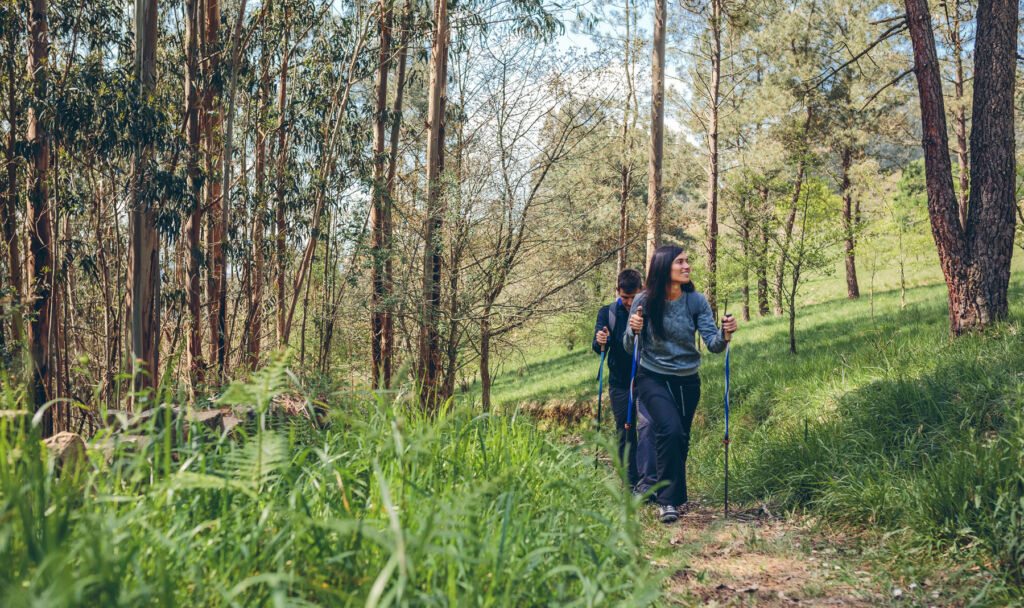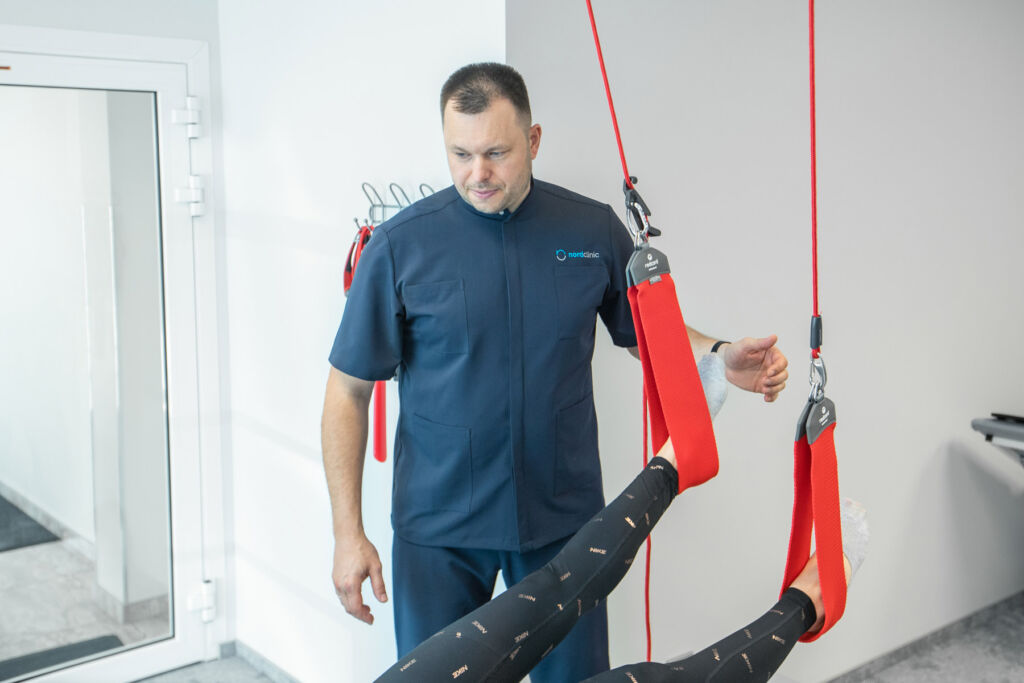
Walking is the most popular way to stay active. However, excessive, fast, or intense walking could be harmful. Dr Laimonas Šiupšinskas advises starting slowly and maintaining a consistent routine and highlights that walking may not be suitable for everyone as their main exercise.
Walking has become increasingly popular and is the preferred exercise for many. The reasons behind its undoubted popularity are clear; it is easy to do and doesn’t require any special equipment.
The World Health Organization recommends adults aged 18-64 engage in moderate-intensity aerobic activities like brisk walking for 150-300 minutes weekly. However, Dr Laimonas Šiupšinskas improper walking and over-exercising can be harmful to one’s health and may not be suitable for everyone.
“Most people think about walking as an exercise which fits everybody. But I don’t recommend walking as an exercise for people with multiple chronic diseases such as obesity, osteoarthritis, or uncontrolled hypertension – they should only do medically approved exercise therapy,” says Dr Šiupšinskas, who is a professor of Sports Medicine Department in the Lithuanian University of Health Sciences, and sports physiotherapist at Nordorthopaedics Clinic in Lithuania.
“Trendy” Walking Habits can Lead to Injury
 Walking incorrectly can negatively impact your health, even if you’re in good shape. The most common mistakes are poor posture, wrong shoes, looking down too much, improper foot placement, and excessive phone use.
Walking incorrectly can negatively impact your health, even if you’re in good shape. The most common mistakes are poor posture, wrong shoes, looking down too much, improper foot placement, and excessive phone use.
One of the most popular current trends is barefoot walking, which Dr Šiupšinskas is wary about, particularly when it comes to walking on artificial surfaces, as it could damage the bones and joints in the feet.
“Walking barefoot is risky. Many of us have some issues with our feet, so those who want to walk barefoot should do it very gradually, starting from small distances and only doing it on natural surfaces,” he says.
According to Dr Šiupšinskas, walking on natural surfaces also comes with risks. Due to the beneficial effect of natural terrain, walking in nature is less physically demanding than walking on a treadmill at the gym. However, he is keen to remind us that walking on grassy paths, through forests, or over hills can increase the risk of slipping or twisting an ankle.
Handling Ongoing Diseases
People with chronic illnesses should consider the Nordic style of walking, as it can help strengthen the heart and muscles while reducing strain on the joints. Dr. Šiupšinskas says that this type of walking can alleviate about 30% of the body weight from the joints.
However, he emphasises the importance of ensuring that individuals with chronic illnesses have optimal cardiovascular, respiratory, musculoskeletal, and nervous systems to closely monitor their health before gradually increasing their walking distances.
“If you have any chronic disease, make sure to check your health with your GP before actively walking again,” he adds.
Tips for Active Walkers
Dr Šiupšinskas mentions important things to consider when walking, such as posture, leg position, gaze, and walking speed. It is also crucial to limit the use of smartphones while walking. One experiment has shown that constantly looking at our phones while walking increases the amount of cortisol in our blood, leading to stress.
In addition, having the correct footwear is vital for those embarking on longer walks. Despite being obvious, a study in the Journal of Foot and Ankle Research reveals that over 60% of individuals wear shoes that are too small. Proper footwear is essential for those who enjoy walking and staying active.
In conclusion, Dr Šiupšinskas certainly does not deny the benefits of walking and encourages everyone in a position to do so to do it more often, particularly those who work behind desks for much of the day. “Don’t stop walking, but don’t forget that with age, you have to add muscle-strengthening exercises three times a week to keep your muscles strong and fit.”

![]()




You must be logged in to post a comment.